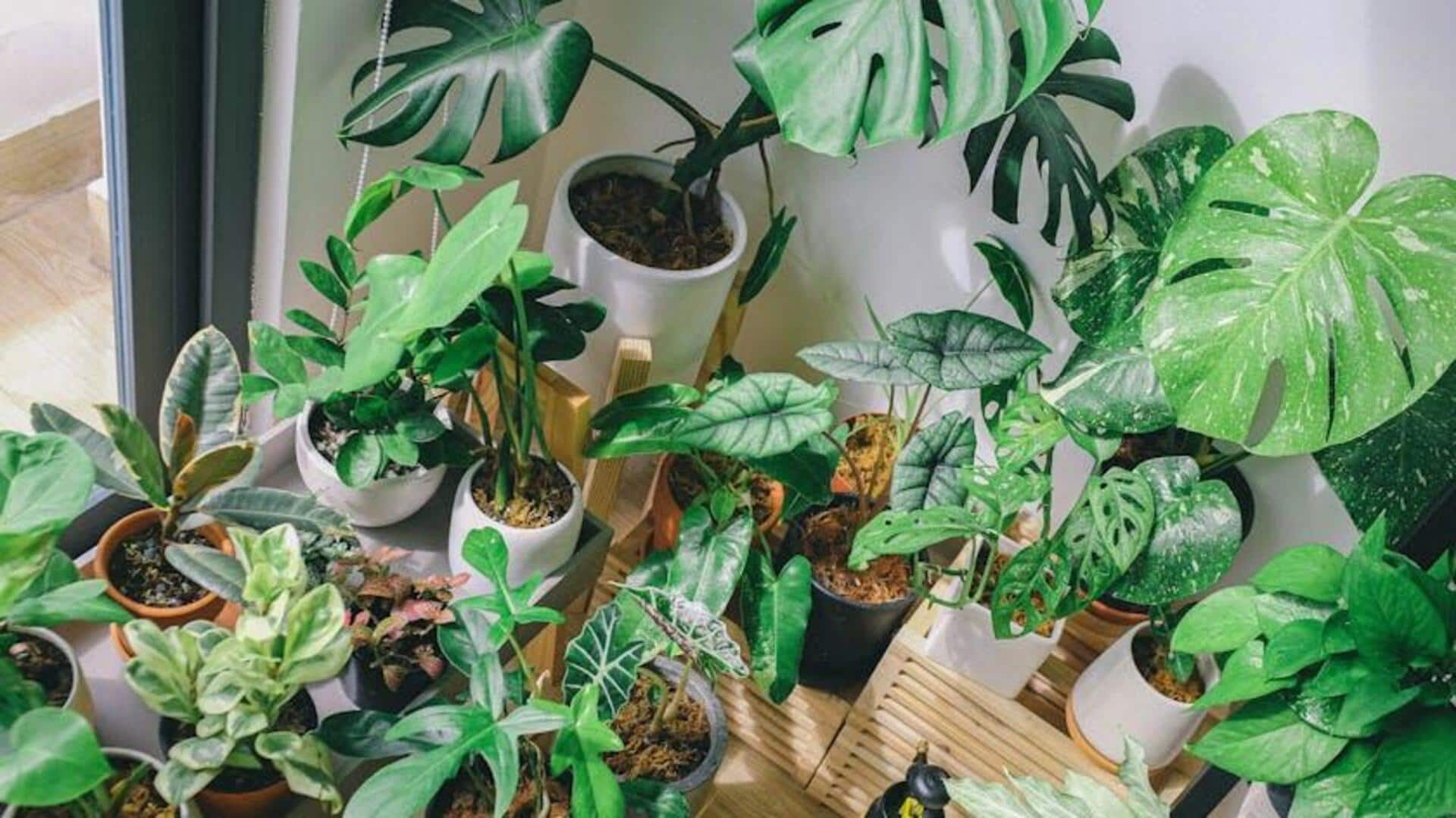
How to use olive oil for healthier houseplants
What's the story
Olive oil, a staple in most homes, isn't just for cooking. You can use it to revive the lifeless leaves of your house plants. Not only is this natural remedy inexpensive, it's also easy to use, making the perfect choice for plant lovers looking to spruce up their greens. With olive oil, you can give your plants a glossy finish that enhances their natural beauty without relying on chemical products.
Preparation
Clean the leaves first
Before applying olive oil, clean the leaves well. Dust and dirt can collect on plant leaves over time, blocking sunlight and affecting photosynthesis. Gently wipe each leaf with a damp cloth or sponge. This way, the olive oil can stick properly and provide an even shine across all surfaces.
Application
Apply olive oil sparingly
When using olive oil on plant leaves, less is more. Take a small amount of olive oil and apply it onto a soft cloth or cotton ball and gently rub it onto each leaf's surface. Avoid over-saturating the leaves as too much oil can attract dust or cause clogging of pores. This might hinder the plant's ability to breathe.
Observation
Monitor plant health regularly
After applying olive oil, keep an eye out for your plants' health. While olive oil provides a temporary shine, it's important not to ignore any signs of distress in your plants, like wilting or discoloration. Regular monitoring will ensure that this method doesn't take a toll on your plants' overall well-being.
Maintenance
Reapply when necessary
The shine from olive oil can also wear off over time due to environmental conditions such as dust settling down or watering schedules. Reapply whenever you see the sheen fading, but keep frequency and amount used during each application session moderate for best results without compromising the plant's health.